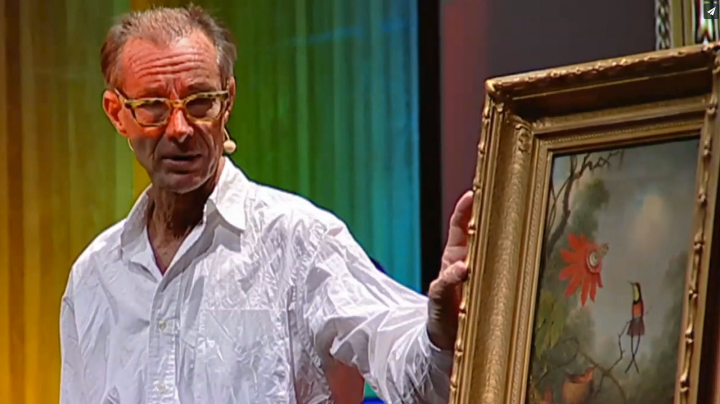
As forgers become even more cunning in developing untraceable methods of art replication, artists of the original pieces are willing to place a high price on high-tech authentication processes. A technological solution that employs synthetic DNA in addition to an artist’s unique signatures is currently in development at the Global Center for Innovation at the State University of New York at Albany (GCI), and has received $2 million in funding from art insurance specialists at the ARIS Title Insurance Corporation.
The GCI was already pioneering technologies in bioengineering, encryption, and nanotechnology when it set out to conquer artist authentication with synthetic DNA two years ago. The synthetic DNA had to be nearly invisible so that it didn’t disrupt the artwork, and also had to be durable enough to withstand environmental factors over prolonged periods of time. And while developing the technology itself proved challenging, researchers at the GCI were also charged with creating a solution that would please artists who might not be inclined to add tiny tech markers to their masterpieces.
Tampering was also a concern for the research team, since many more apparent applications of synthetic DNA would be too vulnerable to tech-savvy forgers or art “hackers” once the technology was inlaid in a painting or other artwork. Implanting a microscopic sample of the artist’s personal DNA, for example, would present immense safety and privacy issues for the individual artist and would be far too easily stolen or replicated.
Synthetic DNA used for artist authentication is bioengineered to be unique to each work of art, or, in theory, any item that merits high-tech verification. Art industry professionals would be equipped with scanners to access a database of information tied to each synthetic DNA marker, verifying the legitimacy of a piece and its owner history, and even assuring new buyers that the piece wasn’t stolen or tampered with in any way throughout its history.
“We hope there will be financial benefits from creating the intellectual property and the process becomes a gold standard in the industry,” Robert R. Jones, president of the State University of New York, Albany, told the New York Times.
Artists and art owners will be able to tag art pieces with those specific DNA codes without disrupting or devaluing the work in any way. The GCI team predicts that DNA tags would cost the artist about $150 each, a price that they expect artists will be willing to pay in order to bring authenticity and assurance back into the industry side of the art world. The synthetic DNA penetrates the art at a molecular level, so its application or removal won’t impact the work in any way.


